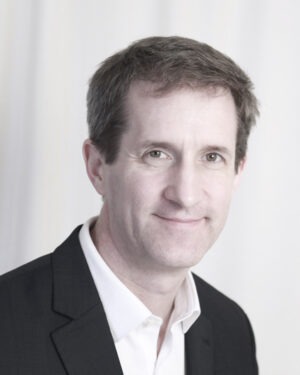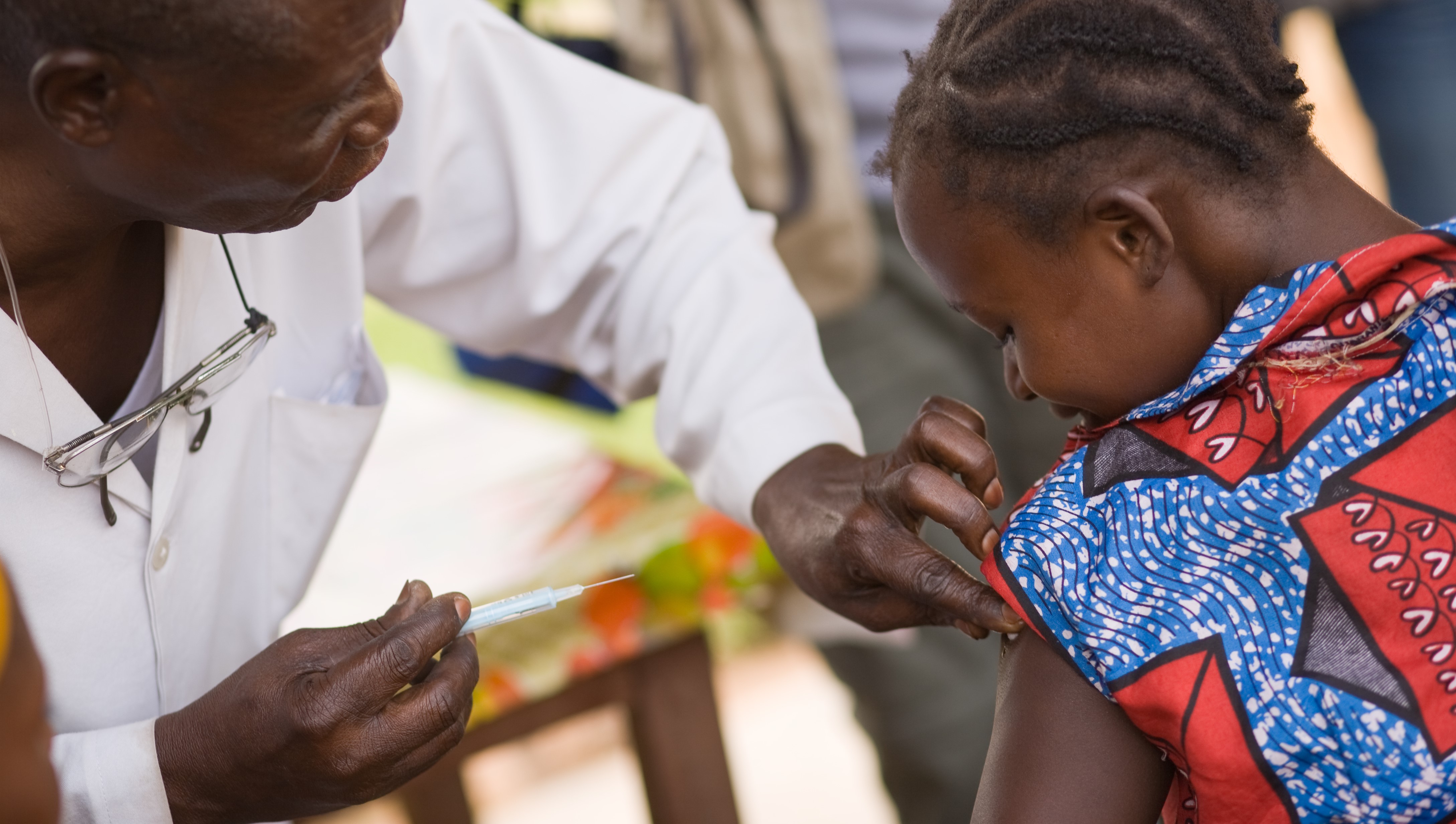
Long before arriving at SYSTEMIQ as a new partner, Guido Schmidt-Traub was already a system changer. He served as the founding Executive Director of the UN Sustainable Development Solutions Network; and founded Nature Map, which helps countries to integrate nature and climate in policymaking.
But some of his biggest lessons in system change came from his work with the Global Fund to Fight AIDS, Tuberculosis and Malaria. We asked him about planning for, and achieving, system change.
#1 Learn from each other
“I’ve been involved in several transformations, and one of the first things I find is that people are not good at applying lessons from one area to another – we’re all quite sector-focused. Not many people who work on climate change know what has worked in public health. But these cross-overs are really important.
I have learnt a lot from the global health revolution. Africa was seen as being overrun with a crisis of AIDS, tuberculosis and malaria. The consensus was that this was serious and regrettable and dramatic – but there was nothing one could do about it. It was said that, even if money were available, countries would not be able to use it well.
That was in 2002. But in just five years, the Global Fund was inundated with high-quality country funding request for these diseases.
What I find inspiring, and instructive for system change elsewhere, is that success did not come through a centrally planned mission; it was a process of cumulative problem solving through bottom-up innovation with rigorous program evaluation. Each new insight gave us a clearer sense of how to solve the whole problem, and that knowledge was propagated very quickly.
#2 Choose a big goal
…And take it seriously as a quantitative, time-bound proposition. If we say we want to reduce greenhouse gases, that’s one thing, but saying ‘we want to get to net zero by 2050’ raises different questions and answers. I’ve seen this approach work extremely well in the public health space.
We then need to understand the systems boundary – how big do we need to make the problem? You can’t think about decarbonising mobility without thinking about the power grid. But if you say everything depends on everything, you end up not advancing on anything. So you also need to focus: it’s something SYSTEMIQ and partners have done very well on Breaking the Plastic Wave and on energy.
As a core partner of the Food and Land Use Coalition, I’ve seen great progress on thinking through systemic solutions for food and land use. That system is perhaps the most complex and the broadest – think about it: it’s agriculture, biodiversity, diet, international trade… and if you take out any of these elements, you’re losing important points. The Growing Better report and FABLE pathways lay this out clearly.
#3 Inspire
What drives change? It requires that many different people coalesce around a shared vision, and that can’t be achieved purely by rational arguments. Some of the most memorable speeches we’ve heard were not the ones where people read out statistics.
Our proposition to policy makers and business leaders is to say: ‘Here are some ideas and some practical suggestions that we recommend you consider. If you take them seriously, they will change quite fundamentally how you think about your daily work.’”
All of this is about making people believe in and adopt what seem – at first – impossible dreams. When you start, the mountain just seems too big. And it certainly did when we first looked at AIDS, tuberculosis and malaria in Africa and elsewhere.
#4 Use a range of knowledge
The global health experience shows that many different types of knowledge and skills are needed for system change. You have the hard analytical knowledge, you have to crunch the numbers – and I did a lot of that. There’s the cajoling of leaders: how do you get the US President to buy into giving money to fight AIDS in Africa? There’s even the hard-headed, bare-knuckle advocacy; campaigning and mass mobilisation from the rock stars and many others.
We have to understand how the world looks to all these decision makers – be they technocrats, activists, or politicians – to stand a good chance of working with them.
If you’re in the finance sector or consulting, there’s a particular way of looking at problems. There’s value to it, but also limitations. Many disciplines, including my own – economics and the natural sciences – specialise in fancy ways of extracting information from the past to project the future. This often does not work in system change, where some of the solutions haven’t been invented yet. Here we need to construct our vision of what the future might look like.
System change requires coalitions of actors – they need to be nurtured and driven forward. There’s a financing angle, but also an advocacy and communications angle and a technology piece. SYSTEMIQ is about bridging different worlds, between science, policy and business, and is at the forefront of putting many of those pieces together.
#5 And remember: this work can be exhausting
Everyone I speak to, every associate, every partner, exudes a sense of ambition and possibility. But system change can be exhausting. For every idea one puts forward, others may advance ten reasons why it’s impossible: too ambitious, not completely thought-through…
To keep my focus, I always try to work backwards from the goal: to constantly ask what it would take to achieve it, and what might be other ways of getting there. I find that fun: you literally come up with new ideas every day, and when you see a piece that can fit in that puzzle, it’s extremely rewarding. It also makes it easier to deal with the concerns, the questions, the doubters that we encounter all the time.
We need to train a lot more future systems leaders, expand their horizons and their skillset. It’s a huge service to the world, because leadership is one of the scarcest resources. SYSTEMIQ is very adept in doing that; it’s an important part of our mission, and it’s something that gives me energy every day.
Guido Schmidt-Traub is a partner at SYSTEMIQ, working across natural solutions and sustainable food systems.

